NORTH WALES COAST RAILWAY:NOTICE
BOARD
Rheilffordd arfordir gogledd Cymru: Hysbysfwrdd
15 July 2013
 Last issue
Last issue Archive
Archive Share this issue
Tweet
Tweets by @NWrail1
Contributions and comments are encouraged: see the Contributions Page
This site is dedicated to all our regular contributors and supporters, and especially the rail staff of North Wales.
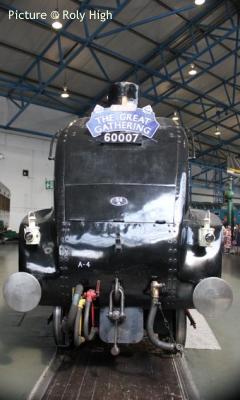
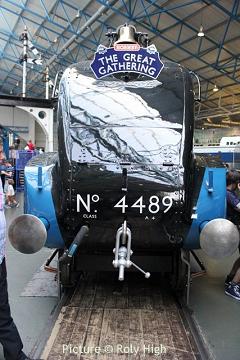
Forthcoming events
This list may be out of date if you are reading an archived page. For the current list visit our Calendar.
July 2013
Saturday 20 July Excursion UK Railtours Cardigan Bay Panorama London to Aberystwyth. Note: entirely First Class Dining, fare £169.
27-28 July Llangollen Railway July 1960s weekend
Sunday 28 July Steam on the Coast Railway Touring Company 'North Wales Coast Express' Liverpool - Holyhead - Liverpool. Loco 45305, 46233, 60009 or 70013.
Tuesday 30 July Steam on the Coast Railway Touring Company 'The Welsh Mountaineer' Preston - Frodsham - Llandudno Jc - Blaenau Ffestiniog and return. Loco 45305 or 61994.
August 2013
3-4 August Llangollen Railway Day Out With Thomas
Sunday 4 August Steam on the Coast Railway Touring Company 'North Wales Coast Express' Crewe - Holyhead, steam-hauled Manchester Piccadilly - Altrincham - Chester - Holyhead and return by 45305/70013
8-11 August Llangollen Railway Day Out With Thomas
Friday/Saturday 9 - 10 August Talyllyn Railway beer festival
Saturday 17 August Vintage Trains 'The Welsh Dragon' Tyseley - Llandudno Junction and return. Loco 5043
Sunday 18 August Steam on the Coast Railway Touring Company 'North Wales Coast Express' Liverpool - Holyhead - Liverpool. Loco 45305, 46233, 60009 or 70013.
Tuesday 20 August Steam on the Coast Railway Touring Company 'The Welsh Mountaineer'
Preston-Frodsham-Llandudno Jc -Blaenau Ffestiniog and return. Loco 45305 or 61994.
Thursday 22 August Talyllyn Railway Children's 'Duncan' Day
Saturday 24 August Wirral 0 Gauge Group Open Day, Unit 7, The Odyssey Centre, Corporation Road,
Birkenhead CH41 1HB American model trains running 13:00 to 17:00. Admission £2 - ample free parking. Nearest Station Birkenhead Park. Contact 0151 653 0637or j.elliott37[at]sky.com for more information.
30-31 August and 1 September Llangollen Railway Steam gala
September 2013
Sunday 1 September Steam on the Coast Railway Touring Company 'North Wales Coast Express' Crewe - Holyhead, steam-hauled Manchester Piccadilly - Altrincham - Chester - Holyhead and return by 45305/70013.
Tuesday 3 September Steam on the Coast Railway Touring Company 'The Welsh Mountaineer'
Preston-Frodsham-Llandudno Jc -Blaenau Ffestiniog and return. Loco 45305 or 61994.
Sunday 8 September Steam on the Coast Railway Touring Company 'North Wales Coast Express' Crewe - Holyhead, steam-hauled Manchester Piccadilly - Altrincham - Chester - Holyhead and return by 45305/70013.
14 September Llangollen Railway Murder Mystery evening
21 September Llangollen Railway Diesel Day
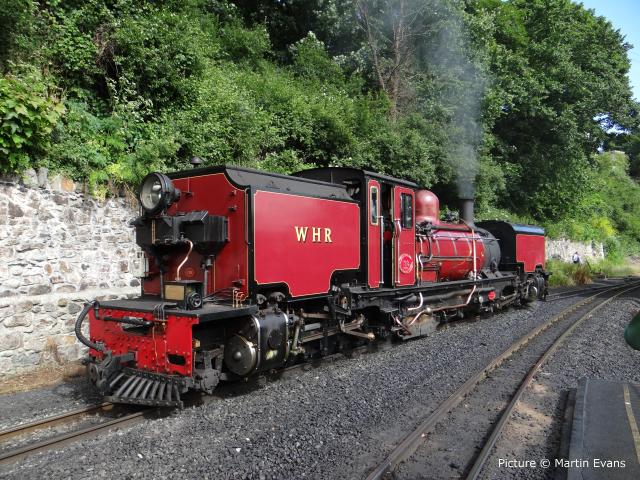
Welsh Highland Railway Beyer-Garratt 138 is bathed in evening sunshine at Caernarfon on 1 July as it prepares to run to Dinas with the empty stock of a train from Porthmadog. Picture by Martin Evans: see report below.
On the Lakeside - with Rowan Crawshaw
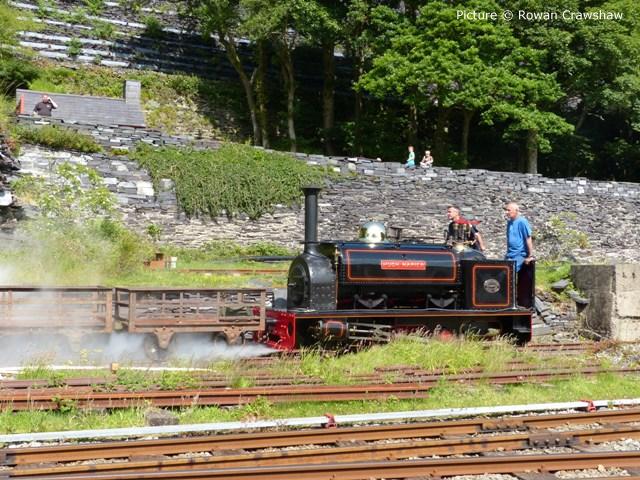
The Llanberis Lake Railway is a short but very scenic and historic narrow-gauge line which deserves a visit. These pictures are from Sunday 7 July, the second day of their Steam Gala on a Penrhyn Quarry theme. Above, quarry loco Hugh Napier at Gilfach Ddu station on 7 July.
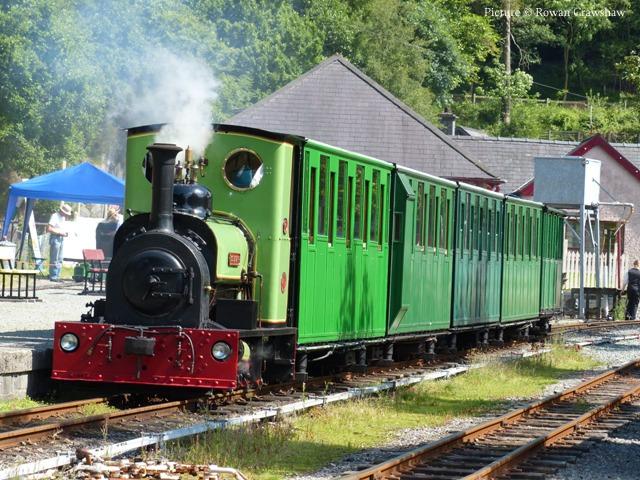
Dolbadarn at Gilfach Ddu station.
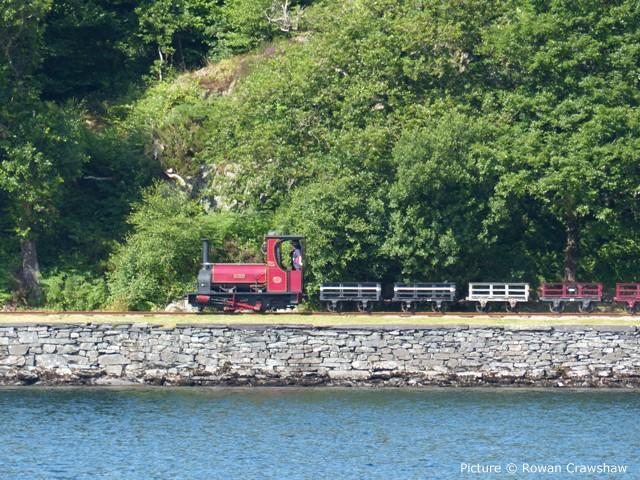
Elidir runs alongside Lake Padarn on a demonstration freight with typical Welsh slate wagons. Llanberis terminus is near to the town centre and the Snowwdon Mountain Railway, as well as the national slate museum. A local bus service runs from Bangor, and there are also the Snowdon Sherpa bus services to explore.
East Lancashire expedition - with Alan Crawshaw
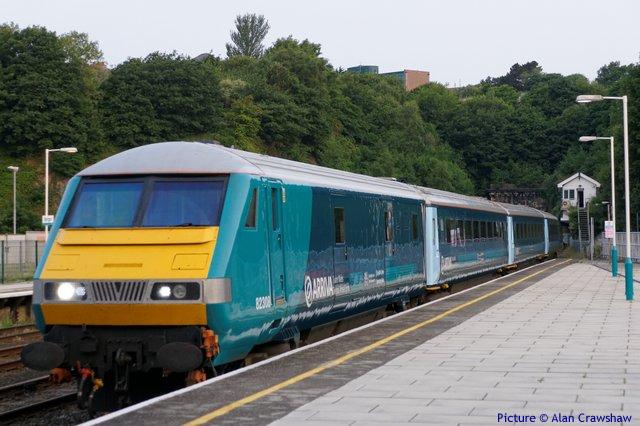
Rowan and I rose early on Friday 5 July to catch the 06:01 departure from Bangor of the Holyhead - Cardiff express, Driving Van Trailer 82308 leading the set as far as Chester. We enquired about breakfast and were told it would be served soon after Rhyl, which it was, brought to our seats, very good value for on-train catering and a fine start to the day.
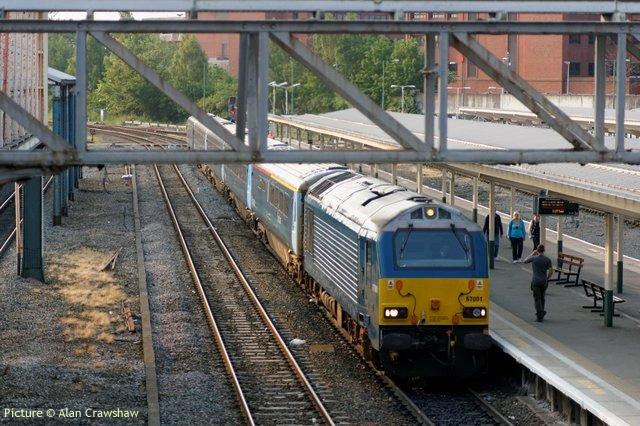
At Chester I grabbed a quick shot of 67 001 (above) which would lead the train to the Welsh capital, then we dashed down the steps to platform 7 and onto the 07:12 to Manchester Piccadilly, comprising a class 158 unit.
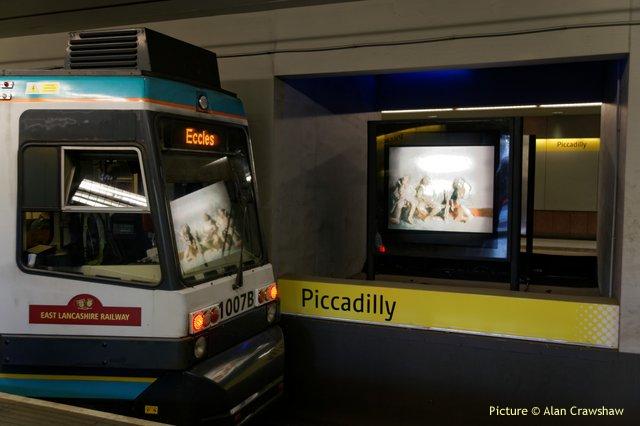
At Piccadilly a Bury tram had just arrived but we had to let it go while we bought our tickets from the machine. The tram named after the East Lancashire Railway passed while we waited for one to take us there.
[Editor's note: Tram 1007, soon to be withdrawn from service along with all the original series, was operated the ceremonial 'First Tram' on Metrolink on 27 April 1992 - chosen because Manchester Corporation Transport's 1007 operated the ceremonial 'Last Tram' in Manchester on 10 January 1949. and was later fitted, at the expense of legroom, with experimental more-comfortable seating, which was not repeated on other vehicles. It was East Lancashire Railway by the ubiquitous railway celebrity Pete Waterman in 2009.]
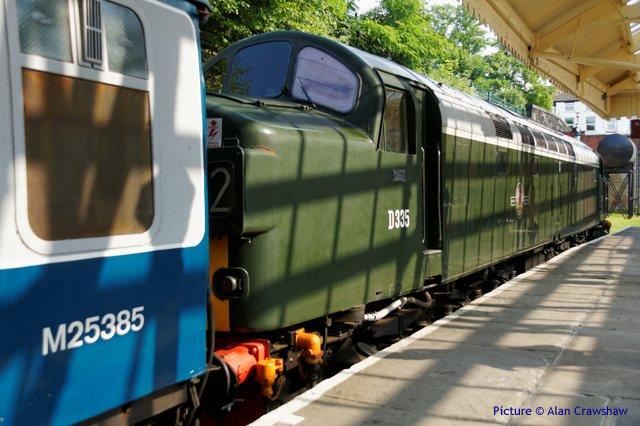
A swift walk to Bolton Street followed, as our goal was the Summer Diesel Gala which took place from 5-7 July. There was queue at the booking office, allowing us to sample D335 on the 09:20 departure.
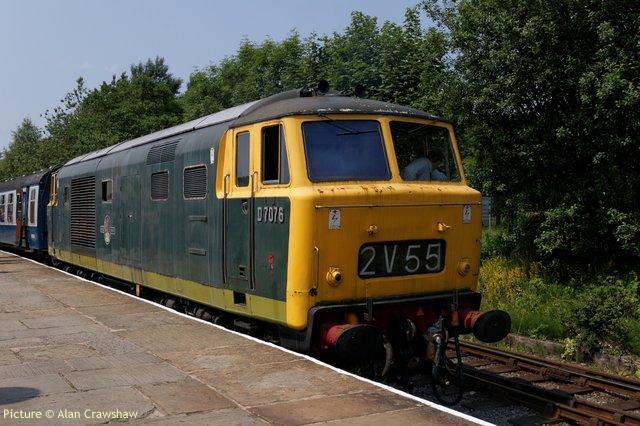
We spent the rest of the day completing our set of the day's traction. Above, Beyer Peacock Manchester-built 'Hymek' D7076 at Rawtenstall.
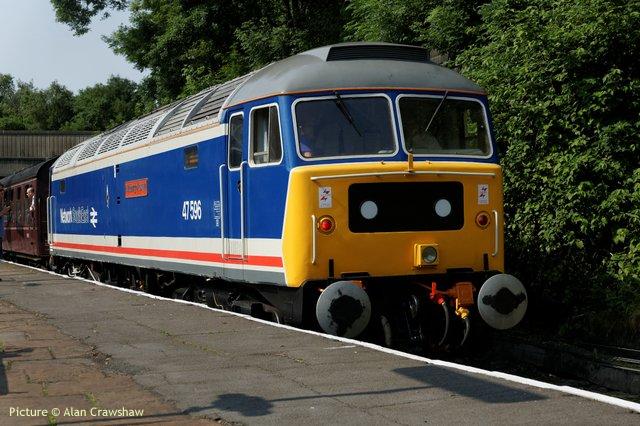
47 596 Aldeburgh Festival in the garish Network South East livery, owned by the Stratford Class 47 Group, was a visitor to the line.
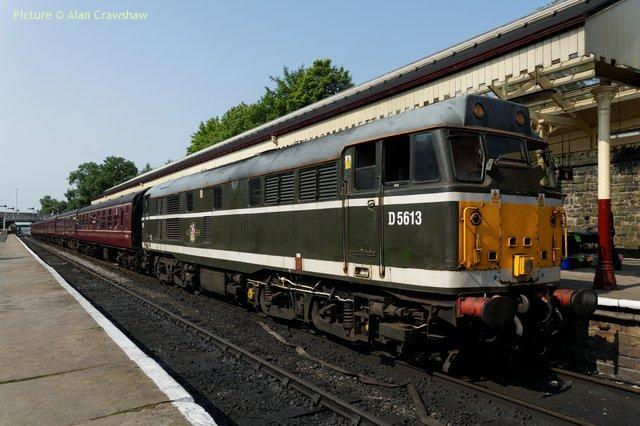
D5613 (31 190) was another visitor, in the original livery of the class, seen at Bury.
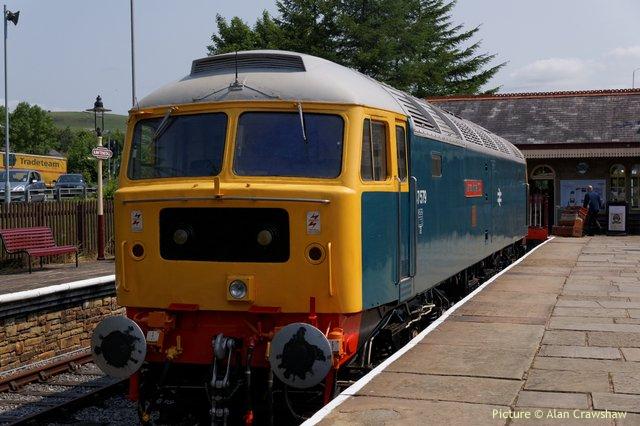
47 579 James Nightall GC, another guest from East Anglia (they came in convoy by rail) shows off the 1970s 'corporate' livery at Rawtenstall. The loco is named after LNER Fireman James Nightall who was awarded the George Cross after detaching a burning wagon from an ammunition train at Soham on the 2 June 1944; he was killed in the subsequent explosion. The name is also carried by DB Schenker loco 66 079.
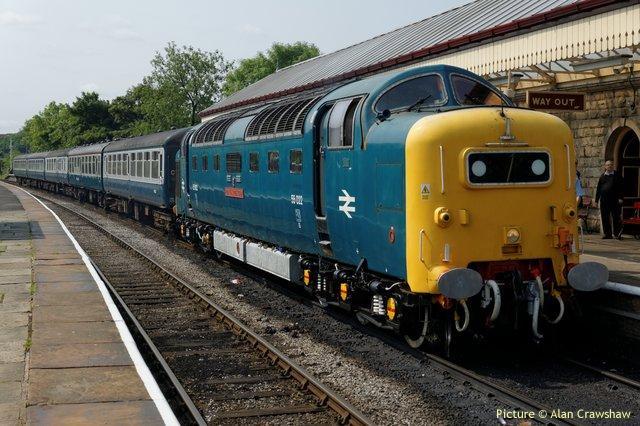
Famous 'Deltic' 55 022 Royal Scots Grey is a normal Bury resident when not out working on the national network.
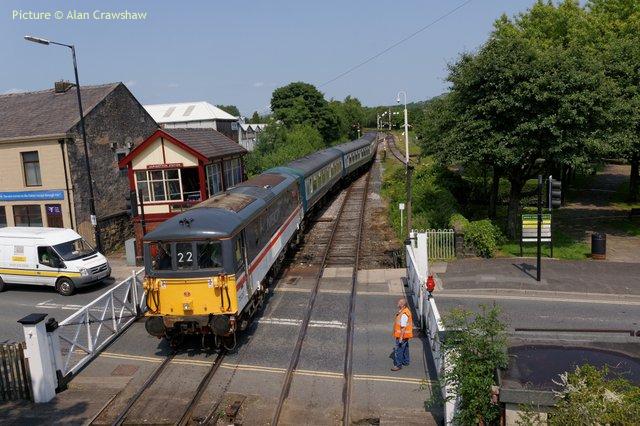
Seen from the footbridge at Ramsbottom, Class 73 Electro-Diesel 73 210 Selhurst in 'InterCity Swallow livery.
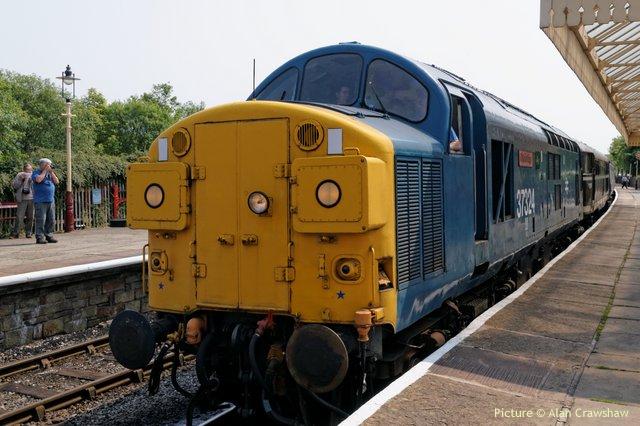
A welcome surprise was 37 324 Clydebridge which wasn't expected to run until the Saturday.
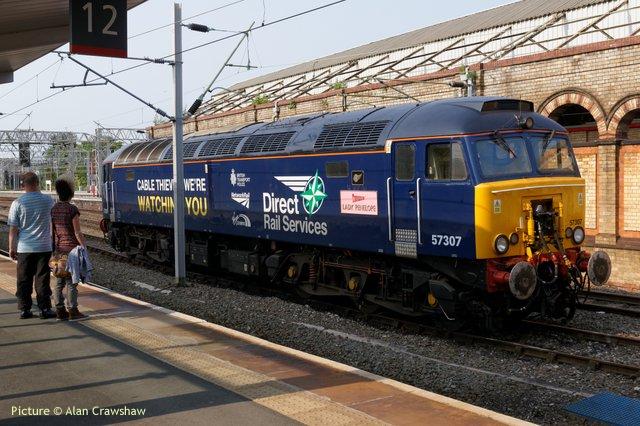
After a most enjoyable day we returned to Piccadilly where an Arriva Milford Haven service took us to Crewe, where our old friend 57 307 Lady Penelope was showing off her new outfit, then onward to Bangor and home.
Classic Transport at Llangollen - pictures by George Jones
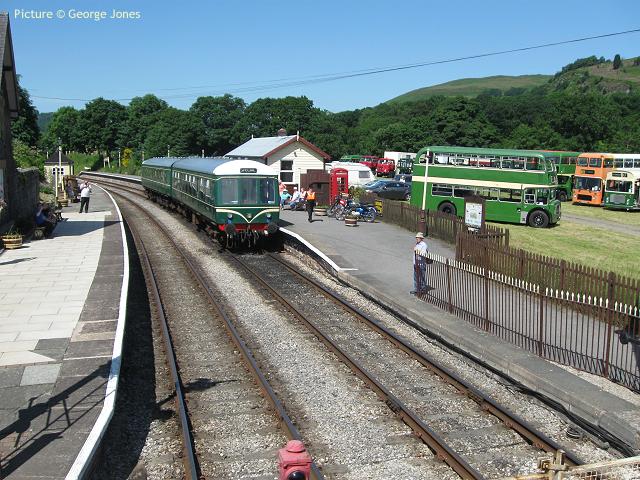
The Llangollen Railway's 'Classic Transport Weekend' on 6-7 July was blessed with glorious weather, but dogged by operating problems. A power failure in Llangollen saw Goods Junction signal box without electricity for both days, meaning 'pilotman' working had to be introduced between Llangollen and Glyndyfrdwy. Problems were also experienced with the two diesel locos in service for the weekend; Class 37 6940 operated two return trips on Saturday but had to be retired before the third due to problem with a compressor. Class 26 D5310, planned for Sunday, also suffered a minor but disabling problem when tried on Saturday afternoon, and also was unable to perform. Happily, both were repaired and available again by 9 July (See the Llangollen Diesels site for more detail.)
In the words of an email from the Duty Officer to the volunteer staff on Sunday evening 'Saturday was very trying and Sunday just carried on where that left off. What with no electricity, failed points, failed loco and carriages, lack of communication between Deeside and Glyndyfrdwy, signals that took it into their heads just to nod up and down and having to use pilotman working we have managed to come through to the end.'
A revised timetable featuring the Diesel Railcars in lieu of the diesel locos ran on Sunday. The picture above is a high level bus view from Glyndyfrdwy level crossing, with the railcar arrived on the Bonwm - Glyndyfrdwy shuttle.
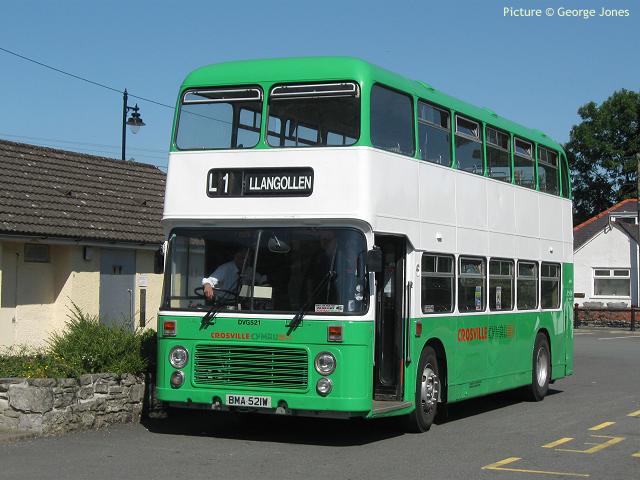
As usual, the road transport visitors, from the North West Museum of Road Transport and private owners, added interest and colour. Former local operator Crosville was well represented; DVG 521 (BMA 521W) a 1981 Bristol VRT with ECW body wears the flag-inspired colours of the Welsh part of the company which was hived off for privatisation.
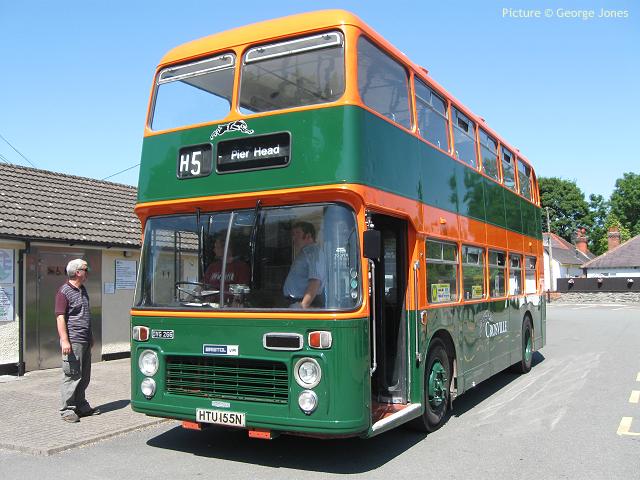
The dying days of the great Crosville company after division and privatisation saw buses from the English division painted in this green and orange (later cream) livery, but they didn't always look as smart as this. DVG 266 is another ECW-bodied Bristol VRT, the final design of double-decker from the nationalised Bristol/ECW combine before it was merged with Leyland Buses.
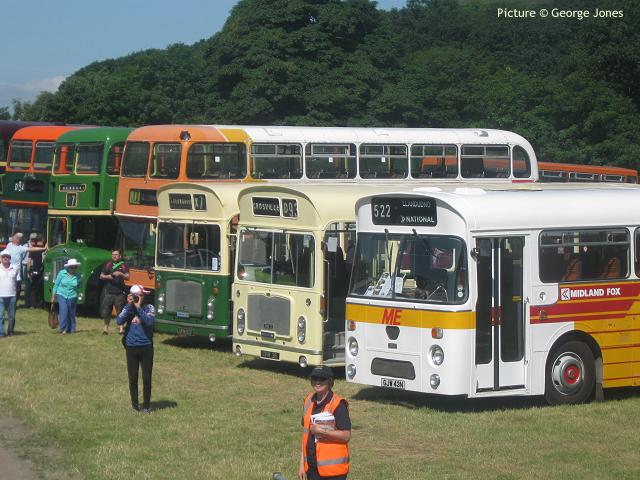
'Classic' Crosville as a Nationalised company bought Bristol buses almost exclusively: they were well represented by vehicles in various versions of Crosville livery. In the foreground is an 'interloper' in the shape of former Midland Red Leyland Leopard PSU3 / Marshall GJW 43N.
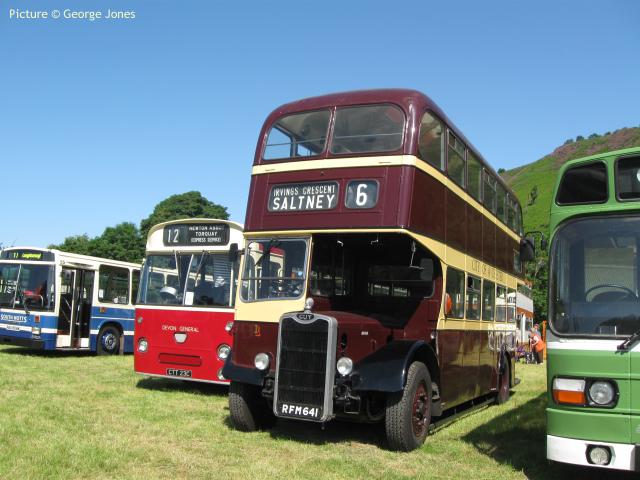
A well-known preserved vehicle is Chester City Transport Massey-bodied Guy Arab no.1 built in 1953 just after the management had decided to re-start their number series at 1.
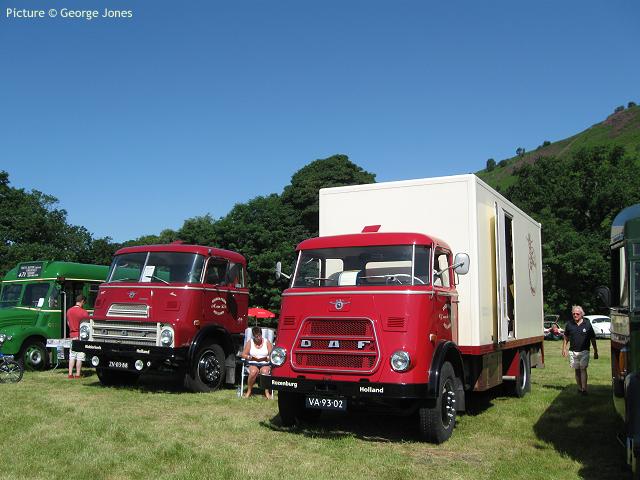
An exotic touch was provided by two visiting 190s DAF lorries from The Netherlands.
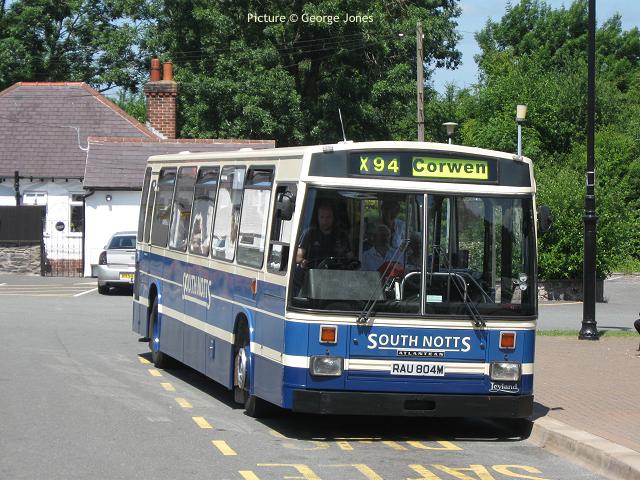
A most unusual specimen is preserved South Notts 55 (RAU 804M) which was created in 1993/4 with a new East Lancs body on a second-hand chassis from a 1974-built Nottingham City Transport Leyland Atlantean double-decker. For a few years it saw service with legendary Peak District operator Hulleys of Baslow.
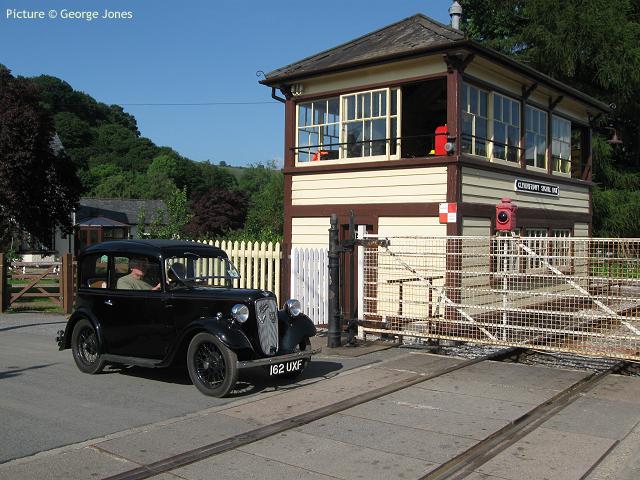
162 UXF is a 1934 Austin Seven, a famous type of which many still survive in working order all over the world. This one (re-registered at some time) is an 'ARQ Ruby Mk1' version, according to the Austin Seven Clubs Association.
Helsby 150 to Blaenau - by Ian Whitley
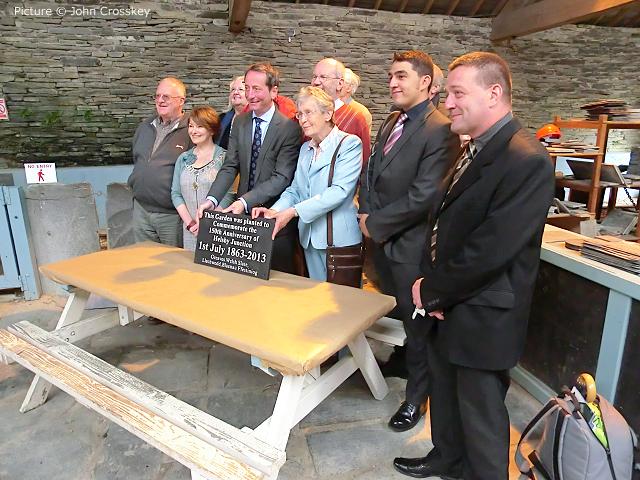
I’m Publicity Officer for North Cheshire Rail Users Group. On Monday 1 July we went to Blaenau Ffestiniog on a special trip organised by Arriva Trains Wales. Ben Davies, Arriva manager for our area, allocated 10 tickets for the trip with included members of the group, Helsby Parish council and a photographer.
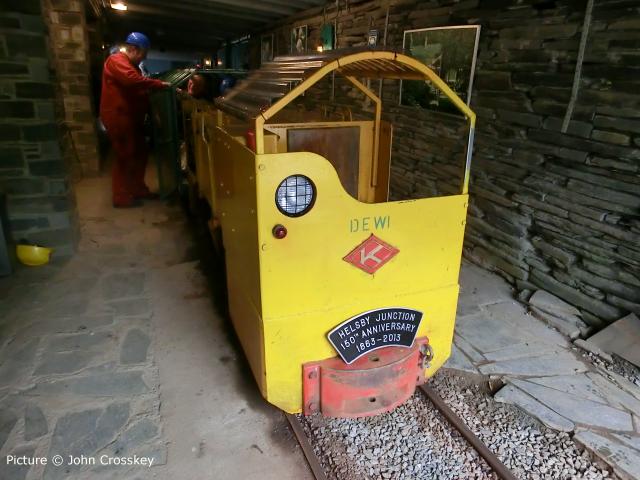
At Llechwedd they were presented with a plaque donated to us by Llechwedd Slate Caverns after we learned the slate on Helsby station roof came from Llechwedd in the 1800s. The presentation was followed by a ride on the tramway underground where the Helsby 150 headboard was placed on the front of the loco (above).
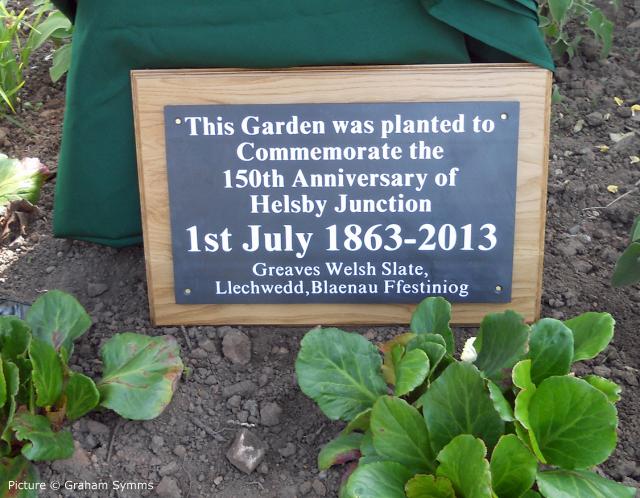
The plaque was unveiled on 6 July at the new Helsby station garden by Graham Evans MP.
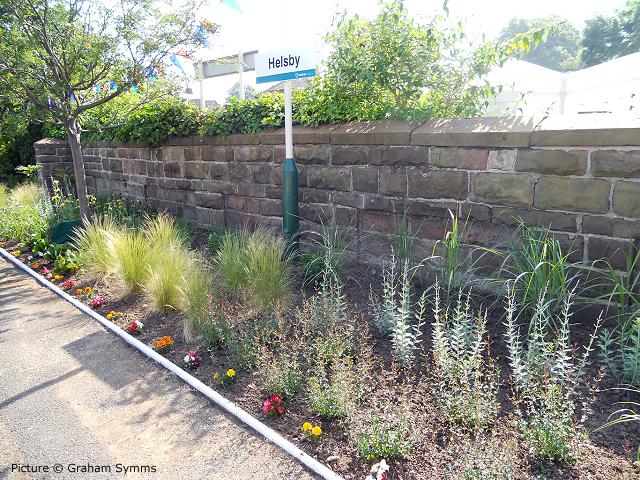
The new garden.
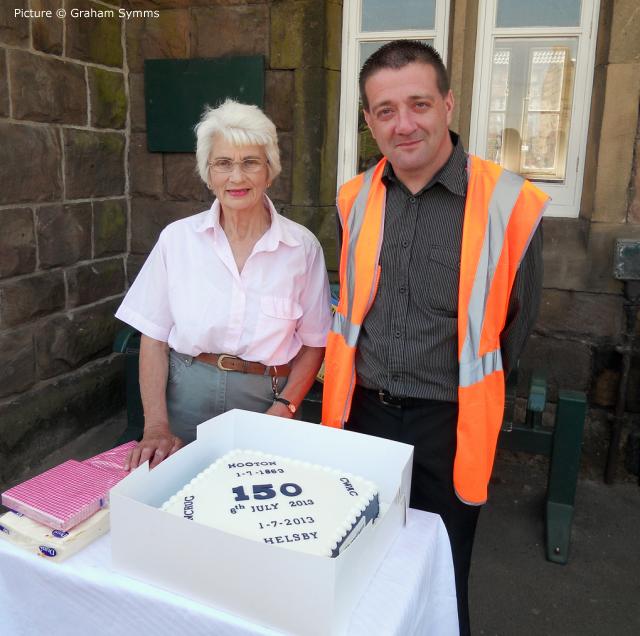
A cake was made for the celebrations and later Mr Evans posed for pictures by the special service.
The alternative North Wales Circuit - report by Martin Evans
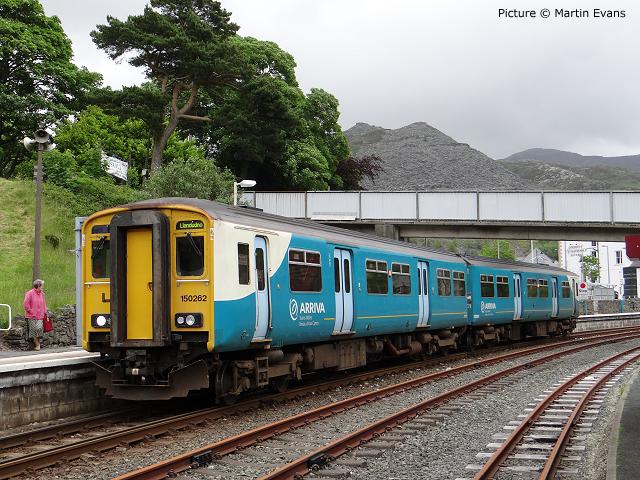
On 1 July I travelled on the Ffestiniog Railway and Welsh Highland Railway travelling out via the Conwy Valley Line and returning via Bangor. I am pleased to say that everything ran well and on time, Above, 'Sprinter' 150 262 was doing the duties on the Conwy Valley line and is seen here waiting to return to LLandudno from Blaenau Ffestiniog.
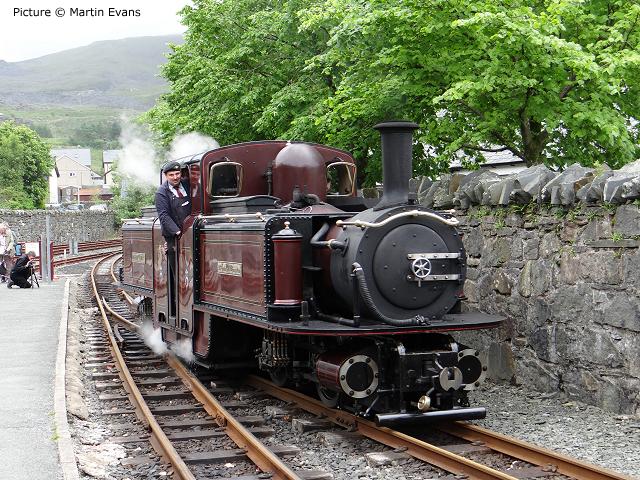
Double Fairlie Merddyn Emrys runs round at Blaenau ready to depart for Porthmadog.
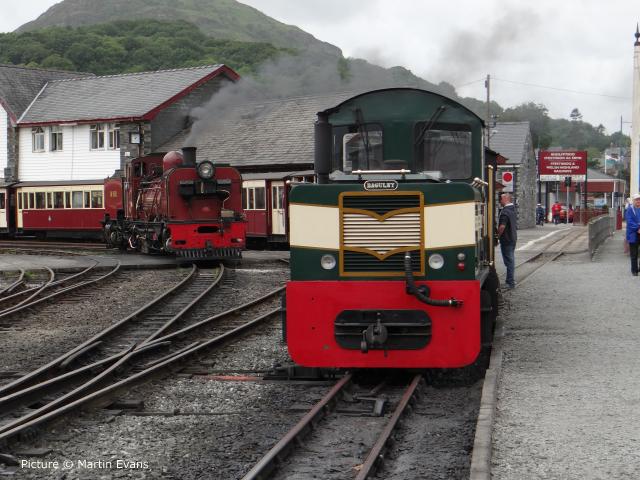
The scene at Porthmadog with Garratt no 138 preparing to take the afternoon service to Caernarfon with Criccieth Castle acting as station pilot.
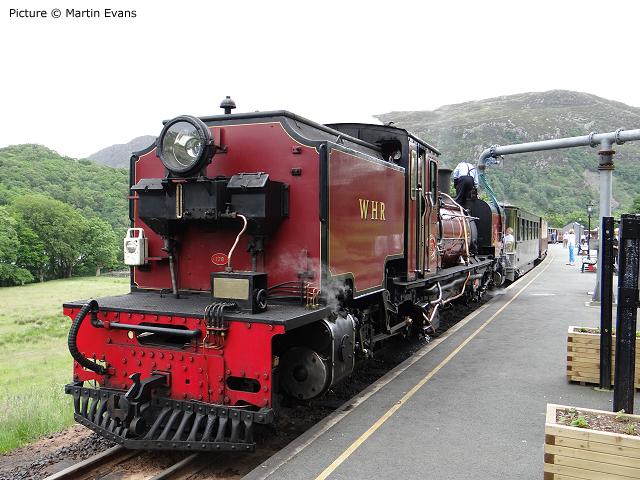
No 138 takes on water at Beddgelert before departing towards Rhyd Ddu.
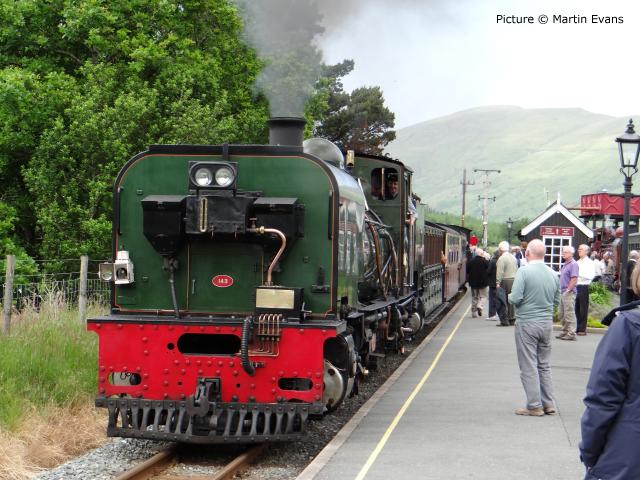
Garratt 143 arrives at Rhyd Ddu with the afternoon service for Porthmadog.
The Great Gathering - pictures by Roly High
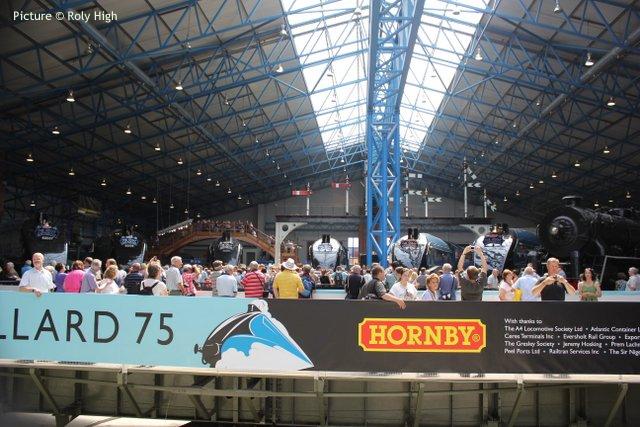
As readers will no doubt know, the 75th Anniversary of the world record for steam traction achieved by A4-class locomotive Mallard in 1938 has been celebrated by bringing together at the National Railway Museum in York all six surviving examples of the A4 Pacifics designed bv Nigel Gresley - including one from a US museum and one from Canada. Here are some pictures of the 'big day'. Above, the six locos gathered around the turntable in the Great Hall. Nor an easy scene to photograph!
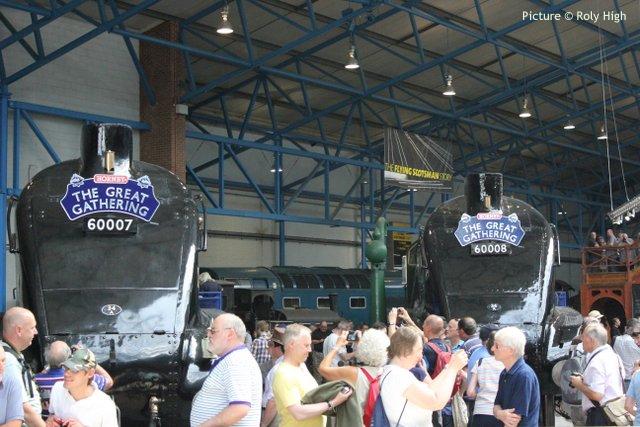
60007 and 60008.
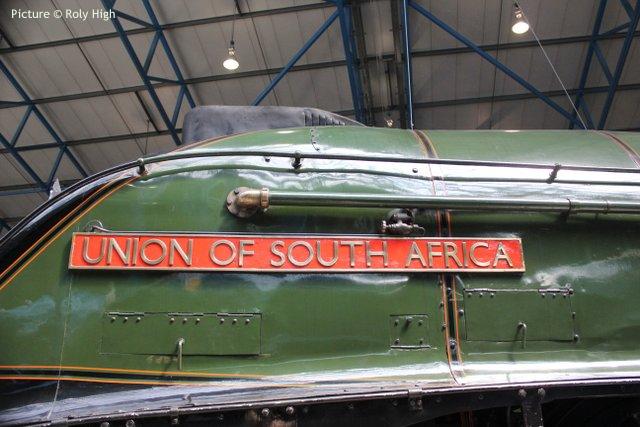
60009, another one still used.
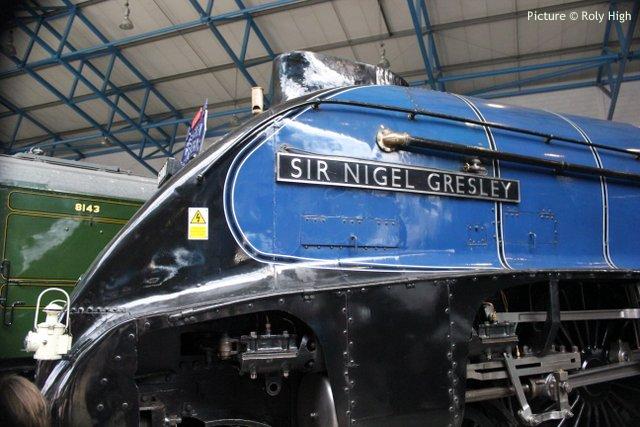
60007 Sir Nigel Gresley, still in full working order and regularly seen on the main lines.
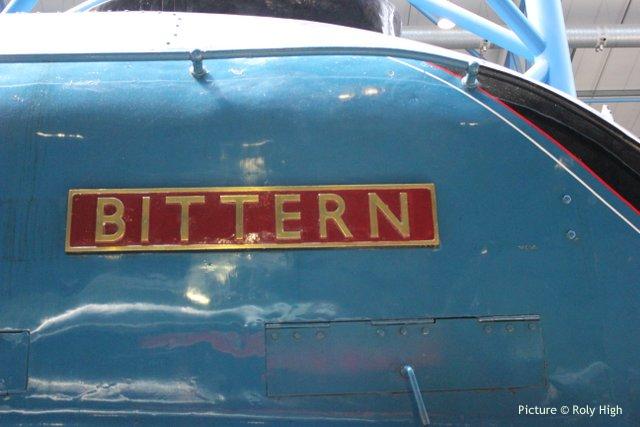
4464 Bittern is definitely a 'runner' - as part of the celebration she has been let out on the main line at over 90 mph, nor normally permitted for preserved steam locos.
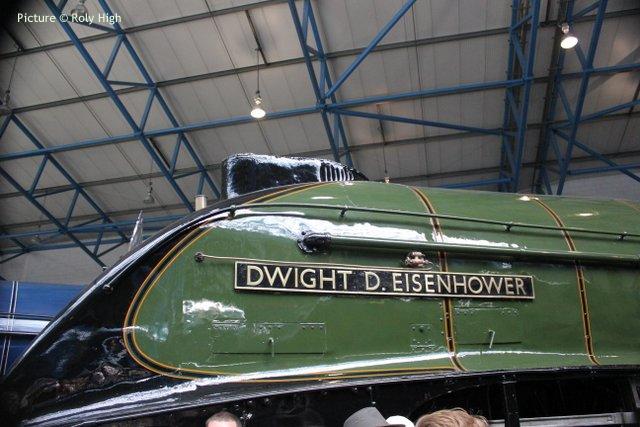
American visitor 60008.
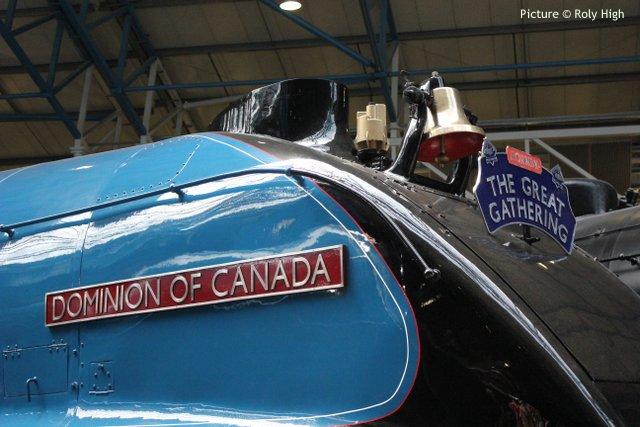
From Canada, complete with North American-style bell and whistle. The Museum has dome some work on the two imported locos, in return for the loan; they will return across the Atlantic later this year.
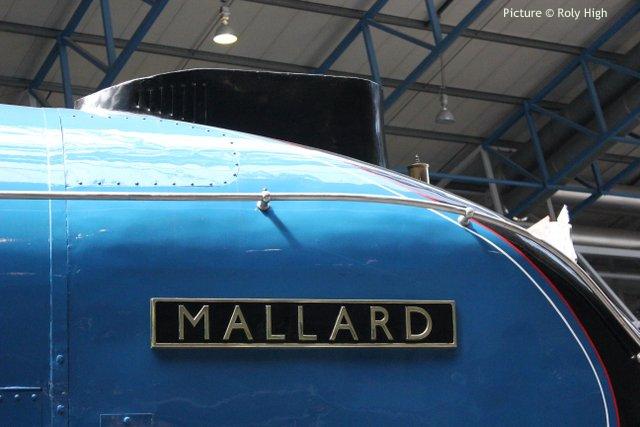
And the 126 mph machine itself, Mallard, sadly no longer capable of being restored to working condition. Designer Nigel Gresley was, we believe, a keen bird-watcher.
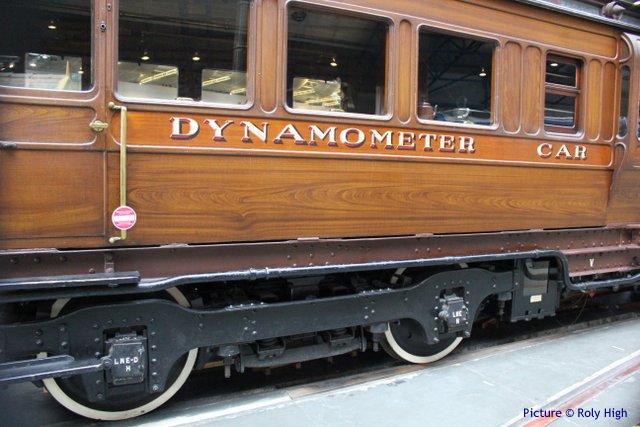
The Dynamometer car which was used to take measurements on the legendary 1938 run which was officially a braking test. For more about this and other National Railway Museum events see the Museum website. The August issue of Railway Magazine with coverage of the Great Gathering will be on sale by the time you read this.
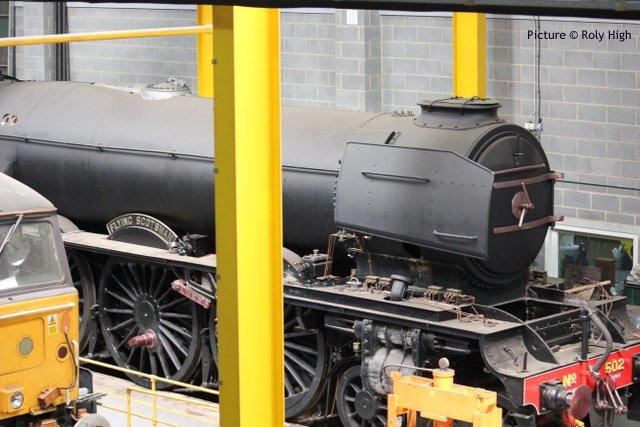
In the workshop area, looking what Roly describes as 'its usual resplendent self', Flying Scotsman whose sad recent history we won't relate here.
Junction Points
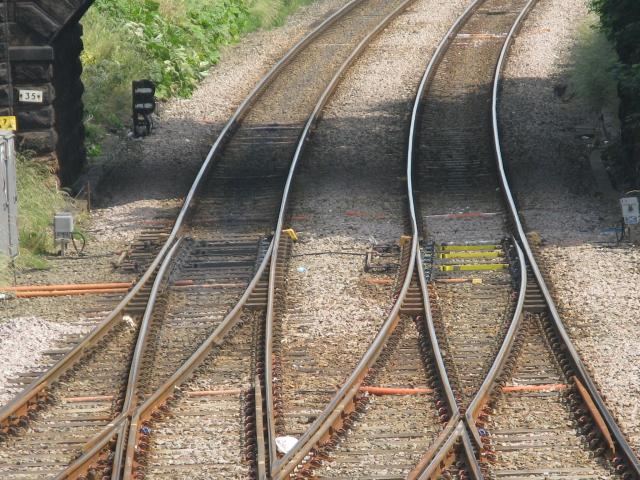
Long-time supporter of our site Dave Skipsey writes to comment on our caption to the Helsby junction picture which appeared in the last issue, which we announced 'reveals the fact that the old adage about the points at a 'double junction' always moving in synchronisation no longer applies.' More of a myth than an adage, it seems.
Dave comments: This has always been the case, the points at a double junction, are independent (worked by separate levers) but for the facing connection to be turned the trailing connection must first be turned to prevent the conflicting move. This is true of mechanically worked and electrically-driven ones such as the points at Helsby which are operated by power using Clamplocks [the yellow devices next to the rails], however it's possible to set the trailing only as your photo shows.'
Neil Worthington writes:
'Each set of points can be moved independently, but the interlocking prevents the signaller from setting them for conflicting movements. There's a good picture of the signal box diagram on the Web. Comparing this with the picture of ther junction, the left hand set of points is numbered 19 and the right hand set 18. When the points are set to/from Chester they are said to be Normal. When they are set to/from Hooton they are said to be Reversed.
'The interlocking will not allow points 19 to be normal and points 18 to be reversed. It will however allow points 19 to be reversed and points 18 to be normal. This does not just allow two non-conflicting movements to pass each other in the way you described. It can also allow the signaller to accept a train from Frodsham even when its route through Helsby is blocked by another train. The signaller simply has to set points 18 towards a line that's not blocked.
'Say a train is sitting at platform 1 (to Chester). Another train from Frodsham can still approach Helsby at caution, pass the distant signal (1) and come to a stand at the home signals (2 and 6, the 'bracket' signals). If it should run past the home signals at danger, it would be safely routed into platform 3 (to Ellesmere Port). Once the first train has cleared the platform and passed the starter signal (3, or possibly the section signal, 4), then the points can be set normal and signal 2 cleared to allow the second train into platform 1.
'Of course you can't have a third train signalled from Chester to Frodsham while this is going on as that would also need to run through the junction, fouling the "escape route" into platform 3.'
Clearly memories of 1950s Meccano Magazines are not necessarily a good guide to signalling practice...
North Wales Coast home page | Archive | Previous Notice Board